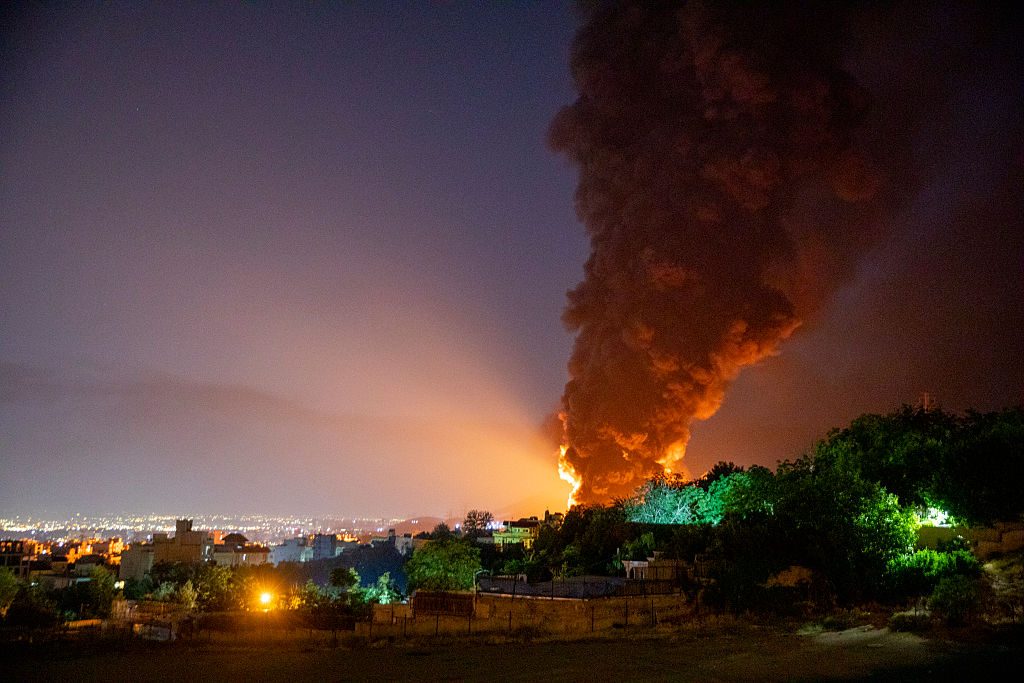Whenever a new conflict breaks out, a study of historical precedents helps us to interpret current events — and the possible consequences. As Europe learned after Russia invaded Ukraine three years ago, wars affect the price of oil and that in turn affects the price of everything else. With conflict now intensifying in the Middle East, it is worth considering what’s likely to happen to the supply and price of our most valuable energy source.
Last week, initial fears of an Israeli attack on Iran leading to oil prices of $90 to $120 USD per barrel proved unfounded, at least at that point. Prices initially spiked during the first round of attacks on 13 June, but by the morning of 17 June they had fallen back to $72.6 for WTI (West Texas Intermediate) and $74.1 for Brent, the two benchmark crudes. For comparison, if we adjust for 2025 prices during the post-1973 oil embargo or shortly after the Iranian Revolution in 1979, oil prices reached between $97-105 per barrel.
There are several reasons why many analysts were wrong. First, the current global landscape is unlike that of the Seventies when Opec and Arab states dominated global oil production. The shale revolution in the US and the resurgence of Russia as a major player have weakened Opec’s power. What’s more, the Arab world is no longer as unified in its opposition to Israel as it was in the Seventies. Saudi Arabia, which along with the US and Russia is one of the world’s top three oil producers, has gradually taken a more conciliatory line with the Jewish state. Although likely unrelated to the current conflict, Riyadh has this month pushed for higher oil production quotas, keeping prices low.
Second, Israel has not damaged as much Iranian oil infrastructure as was first expected. Israel is walking a tightrope, aiming to cripple the Iranian regime’s nuclear programme and military capabilities while also preventing potentially hostile great powers from entering the conflict. The Netanyahu government understands that China would not welcome a cut to its Iranian oil supply. It also knows that any action which drives up prices would also irritate Washington, where Donald Trump has said he would prefer oil at prices closer to $50 a barrel. Israel is therefore targeting energy infrastructure in Iran which was built for domestic supply, while trying to avoid damaging Tehran’s production and export facilities. However, the longer the conflict continues, the more likely it is that the latter two will become targets. For now, this has been avoided, and global oil prices suggest markets assume it will stay this way.
Another reason oil has remained relatively cheap is because the Strait of Hormuz remains open. Approximately 20 million barrels of oil per day — about 30% of global seaborne oil trade and more than 20% of total world oil consumption — pass through the waterway. It is the most important export route for Saudi Arabia, the UAE, Kuwait, Iraq, Qatar, and Iran itself. The destination of these exports is most often Asia, particularly China, India, and Japan. If Iran were to close this artery, it would not only draw the ire of other states in the region but could be a casus belli with the United States and other Gulf states. And so, unless it does so in a quasi-suicidal act of defiance, the likelihood of the strait being closed down remain limited.
As a result, global energy markets appear resilient enough to withstand much of the fallout from the intensifying conflict between Israel and Iran. At least for now.











Join the discussion
Join like minded readers that support our journalism by becoming a paid subscriber
To join the discussion in the comments, become a paid subscriber.
Join like minded readers that support our journalism, read unlimited articles and enjoy other subscriber-only benefits.
Subscribe